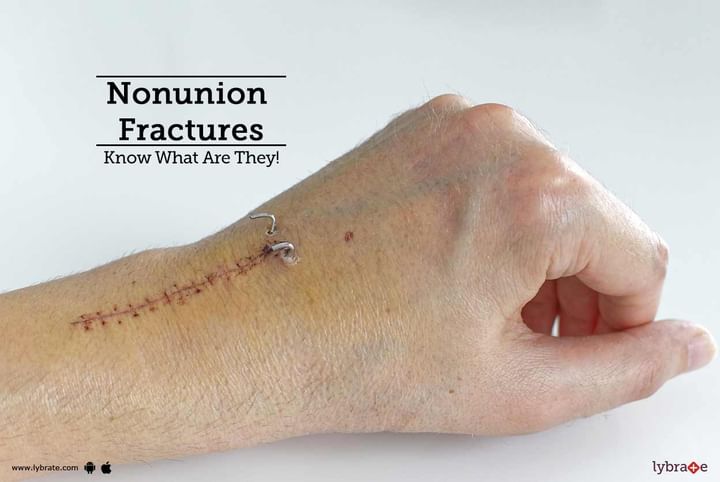Nonunion Fractures - Know What Are They!
Both young and old are vulnerable to fractures. While the former gets them during intense physical activities, the latter experience fractures due to less bone density. Thus, quite common, they are, however, if you experience a persistent pain in the fracture spot even after undergoing treatment, you must visit your doctor without delay as it might be a case of nonunion.
Despite modern treatment methods that heal most fractures, sometimes new bone tissue doesn't begin to form and repair the broken pieces. This hindrance to the healing of bones is known as ‘nonunion.' Patients suffering from nonunion of fractures usually feel pain in the fractured area even after the fracture disappears and can last for months or years. In some cases, these pains may get triggered, if pressure is applied to the fractured area.
Why does a nonunion occur?
The three most important aspects of bone healing include stability, blood supply, and nutrition. If the broken bones that have been put together are moved out of place before they fully heal, it can lead to complications. Cases, where surgical fixation is involved, can be disrupted due to various reasons, including ineffective surgery which can happen due to unforeseen complications and can cause nonunion.
- Limited blood supply to the fracture site can be caused due to a lack of or disruption of the body's healing cells. Blood supply to the injured area usually returns to normal during the healing period, but there might be medical complications that prevent fractured bones from healing.
- Nutrition is the third biggest factor that can cause nonunion of fractures if the patient does not have a well-balanced diet and lacks essential vitamins, calcium, and proteins in the body. Dietary guidelines need to be followed to allow proper healing.
- Other situational risk factors that may contribute to nonunion include age, diabetes, infections, anemia or use of tobacco and other forms of nicotine.
Treatment of A Nonunion
- Depending on the situation, treatment is possible using both surgical and non-surgical methods. A bone stimulator may be used to treat a nonunion non-surgically. This small device helps send ultrasonic waves to stimulate healing, and through repeated usage of the device, it can help patients start healing.
- Surgical treatment involves the usage of a bone graft that can help new bone (or bones) to grow in the affected area. Bone grafts are surgically planted, and they provide fresh bone cells and necessary chemicals that the body needs for healing. Surgeons make an incision and remove pieces of bone from different areas of the patient and transplant them into the affected area. Bone harvesting can be a painful process, but it does not affect the bodily functions or cause any cosmetic problems in any way to the patient.
- In many cases, bone harvesting can be avoided by using allografts (bone grafts from cadavers) or other substitutes (known as osteobiologics) made of chemicals that can be fixated both internally and externally.
- These methods kickstart the healing process and allow the fractured bones to heal and return the area to its normal and undamaged state.
In case you have a concern or query you can always consult an expert & get answers to your questions!



+1.svg)
